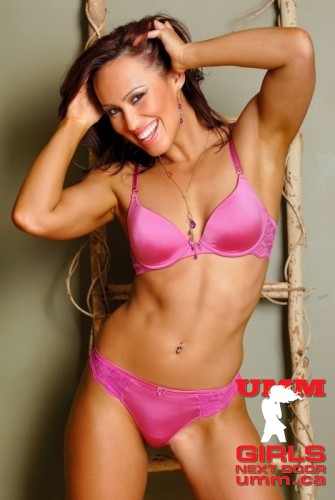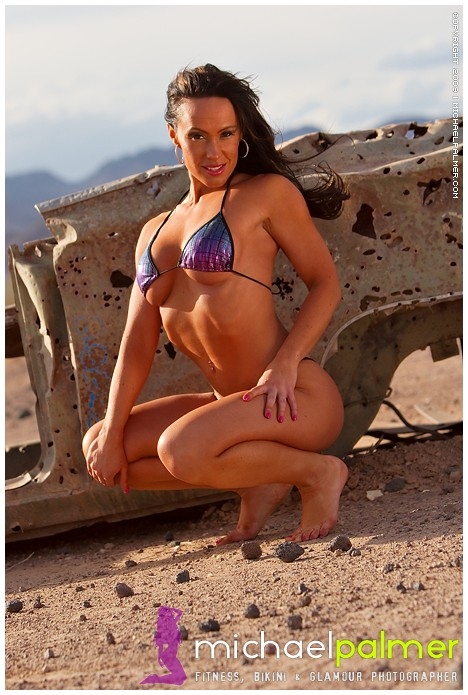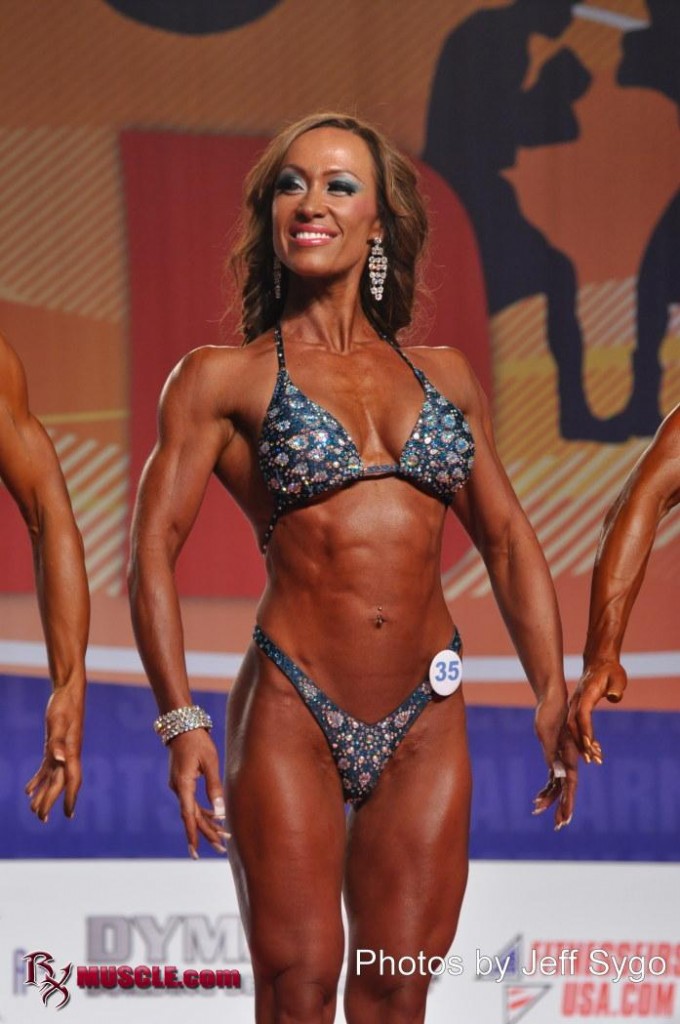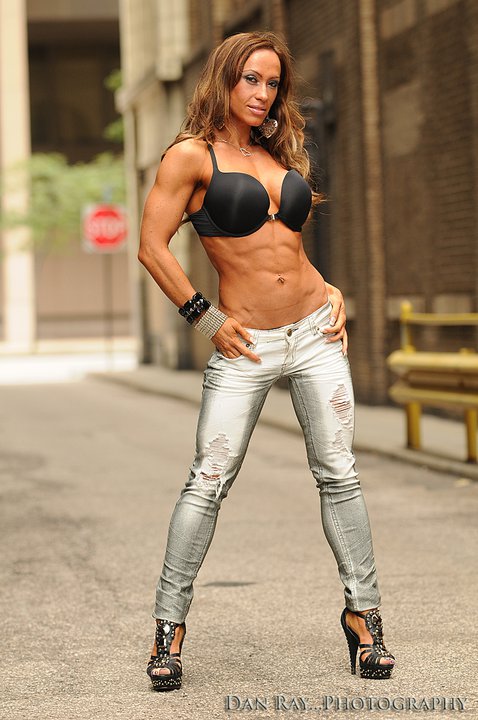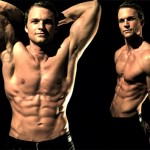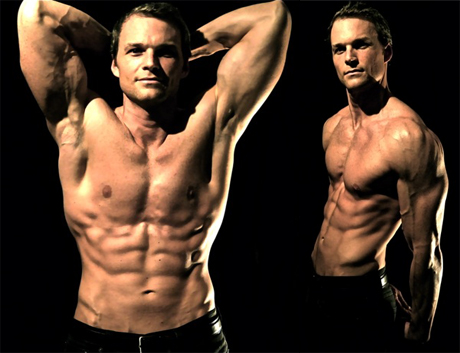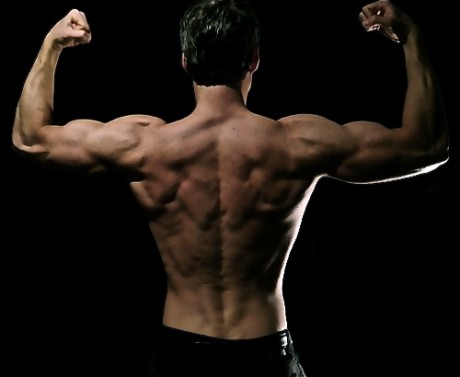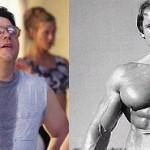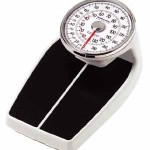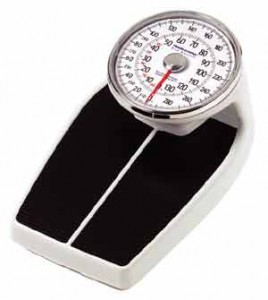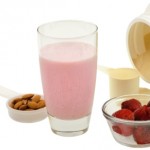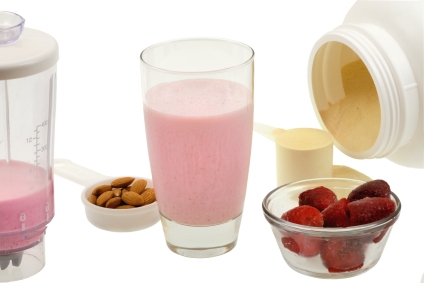When you’re browsing a fitness magazine or the interwebs for diet and fitness information you will no doubt be exposed to pictures of fitness models.
In some cases the models are in an ad openly endorsing a given product like a supplement or workout system or device, but in many other cases the models are simply displayed within articles about training or nutrition. In both cases we learn to associate the look of the model to have something to do with the information we’re reading.
A Picture Chronology from Rookie Model In 2006 to Seasoned Pro In 2011
Each of these pictures is taken at a different degree of content conditioning
—————————————————————————————————————————
This can be very misleading if you don’t know the story behind the picture and the model in that picture. Today Lauren will reveal the story behind the pictures you see here.
Lauren Jacobsen is a national level figure competitor and has been working in the supplement industry for the better part of the last 10 years. She’s knows what goes into making a professional ad and photoshoot both from the marketing side and the model side. She has been a model in multiple photoshoots and today she will reveal some of the ‘secrets’ behind them.
When it comes to fitness photoshoots a picture is truly worth 1000 words, and today those words are going to be Lauren explaining to you what really goes into a photoshoot and the look of a fitness/figure model.
Guys this will be a revelation about the images you see of women in magazines and online. The truth is these models look a lot more like a ‘normal’ woman than you think. The image you see is the result of a specific look attained on a specific diet, on a specific day with a professional photographer and a lot of extra help.
Even fitness and figure models don’t expect to look like their photoshoot pictures on a daily basis so we certainly shouldn’t expect them or any woman in our lives to be a walking photoshoot model either!
This is a revealing expose on the layers and unspoken truth behind the images of women in the fitness industry. Listen up and learn.
John
Login and Download Podcast Here
For more information as well as how to get access to Adonis UNCENSORED, click the link below:
Adonis UNCENSORED Premium Podcast

